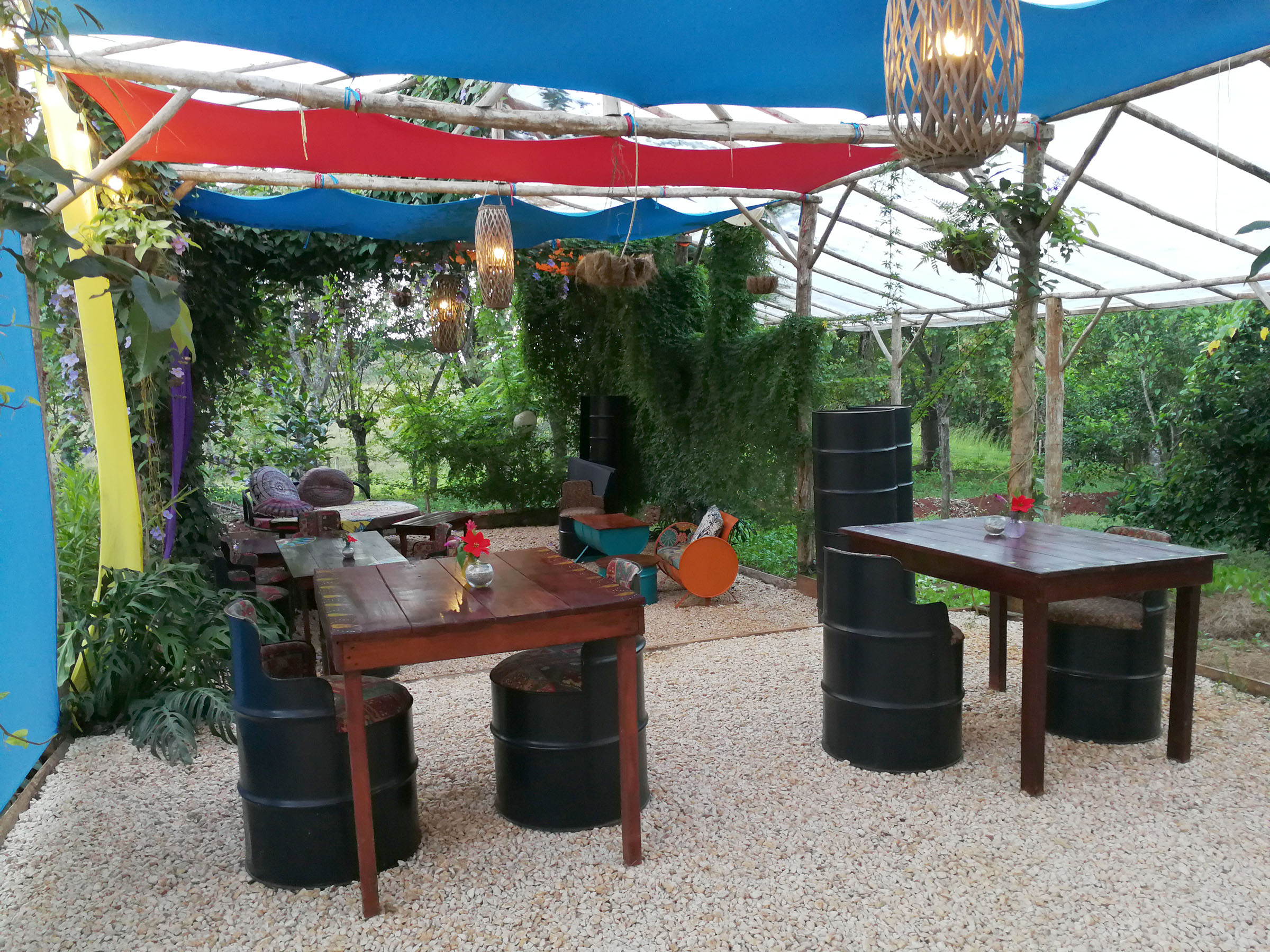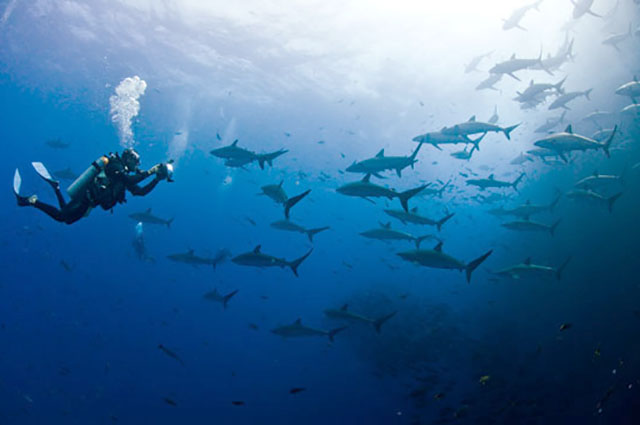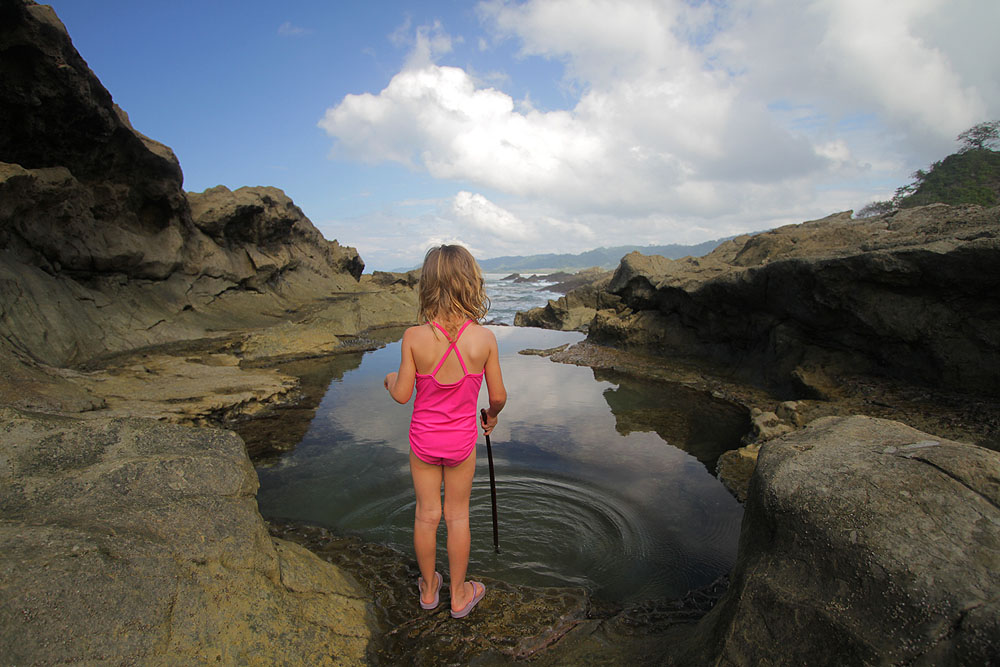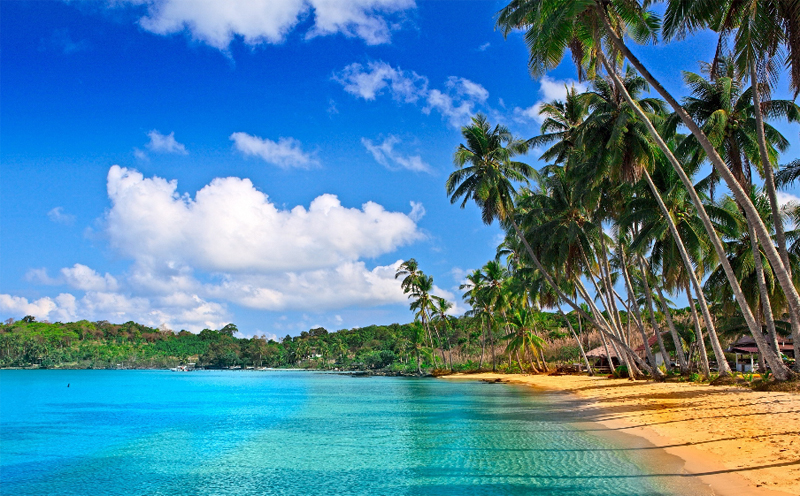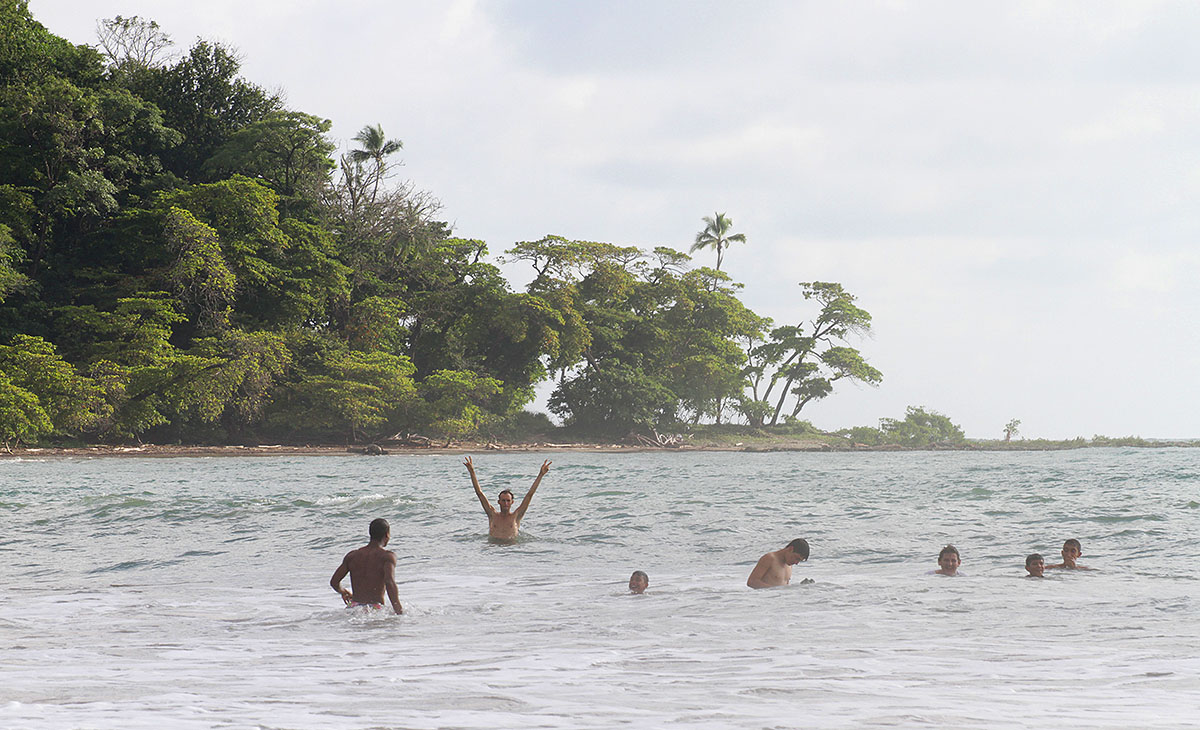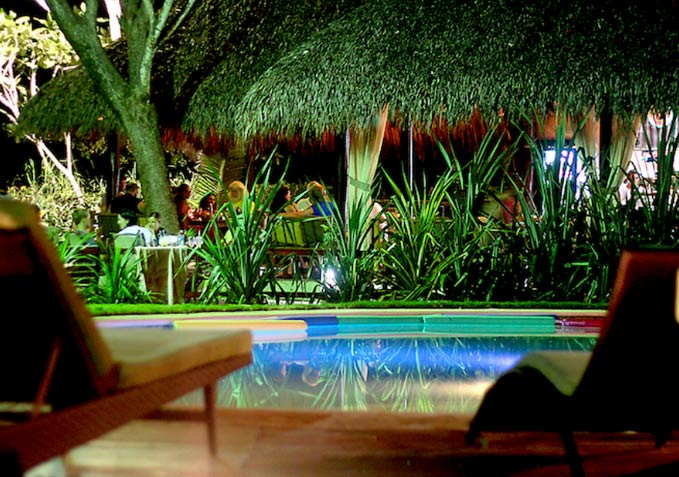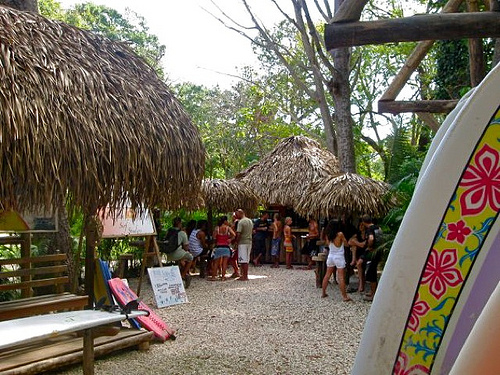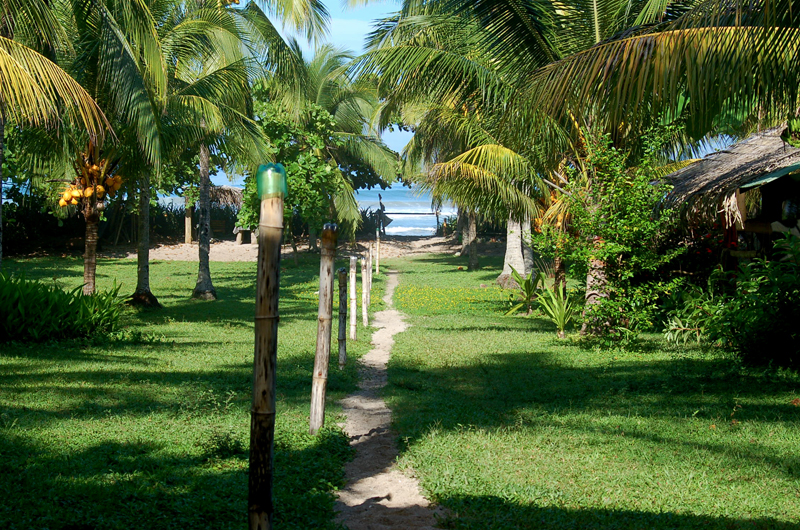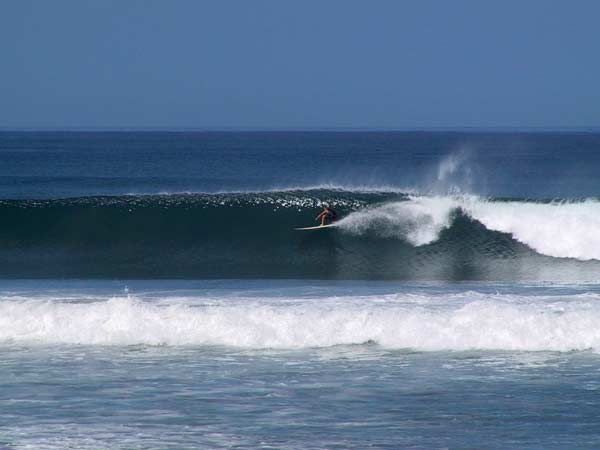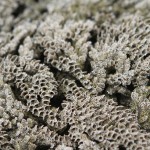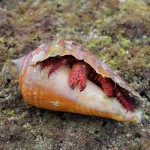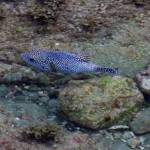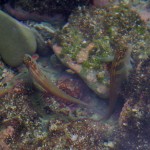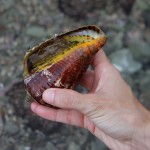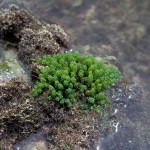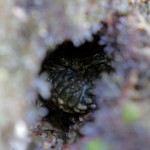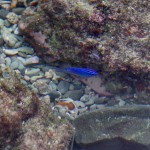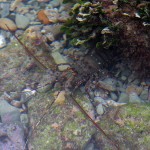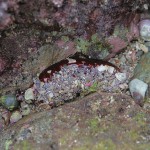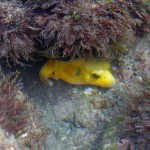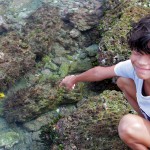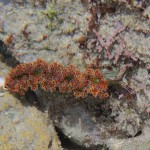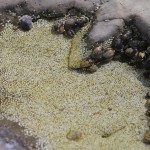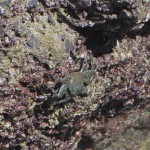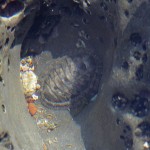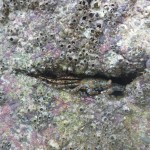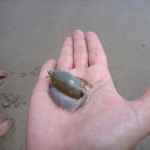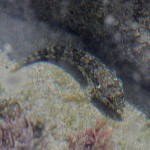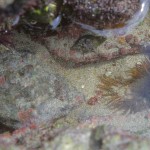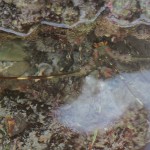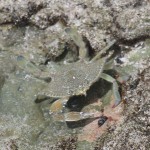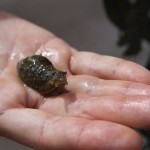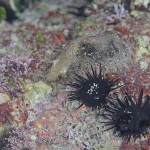Tidepool Creatures
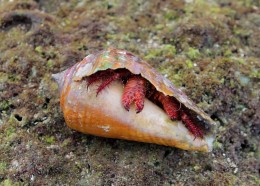
Here are photos of a variety of different animals found in the tidepools of Malpais and Santa Teresa, Costa Rica. Of course these are best seen at low tide and the best tidepool areas are:
Tide pools are rocky pools located nearby the oceans that are filled with sea water. A tide pool usually has distinct and independent existence only at a low tide. Inhabitants of rock pools are unique creatures that easily adapt to the environment. The creatures have long been a subject of interest to marine biologists and naturalists. Costa Rica is bordered by Pacific Ocean on one end and by the Caribbean Sea on the other. There are plenty of tide pools in Costa Rica, especially on the Pacific region. Tourists, nature lovers and marine biologists explore the tropical tide pools in order to know about their environment and organisms.
Tide Pool Creatures According to the Zones – Inter-tidal, High Tide and Low Tide
Tide pools occur in the inter-tidal regions, low tide and high tide zones. Although, organisms are found in every zone, low tide zone is flourishing with life and thus sea creatures can be seen there best. The inter-tidal zones are subjected to sprays of waves during high tides, storms and extreme temperatures which make survival of many organisms very low. In such areas, only lichens and barnacles species are mostly found. The high tide zone gets flooded whenever there is a high tide. Organisms in such region must be able to tolerate extreme heat, cold and continuous wave action. Most common inhabitants of high tide zone are seaweed and several invertebrates like sea anemones, sea stars, chitons, crabs, green algae, and mussels. Marine algae are also found which are known to support nudibranchs and hermit crabs by giving them a shelter. Creatures abiding high and inter-tidal zones have to adapt to the environment. Low Tide zone is commonly submerged and is exposed only during the low tides. Low Tide zone is highly bio diverse. It is rich with living creatures. There is a large variety such marine vegetation, particularly sea weed, and numerous organisms include abalone, anemones, brown seaweed, chitons, crabs, green algae, hydroids, isopods, limpets, mussels, nudibranchs, sculpin, sea cucumber, sea lettuce, sea palms, sea stars, sea urchins, shrimp, snails, sponges, surf grass, tube worms, and whelks. Organisms of low tide zones do not have to adapt to the changes and survive very easily. This is why in low tide pools, sea creatures grow rapidly and have larger sizes. Additionally, the shallow water allows photosynthesis and the salinity level is normal. There are hardly any predators in the low tide zone due to shallow water and wave action which further increases the chances of survival.
In Costa Rica, travelers can find a large number of tide pools on the Pacific border. Towns such Montezuma, Santa Teresa, Mal Pais, Playa Hermosa, Nosara, Ocotal, Flamingo and many others have a large number of tide pools. Many adventure tour companies organize trips to various beaches to allow tourists to study the rocky pools in details. Nature lovers will definitely have a fine time exploring the unique natural phenomenon. Besides observing the mystical creatures, you can also take a quick swim to freshen up!
Great Local Tidepool Areas to Explore:
- Playa Los Suecos
- Punta Barigona
- Tidepools of Playa Hermosa
- Malpais Tidepools
– More Info about local tidepools
– The Secret beach at the south end of Mal Pais
– Next to Mar Azul in Malpais
– Across from El Rey Patricio between St Teresa and Playa Hermosa
